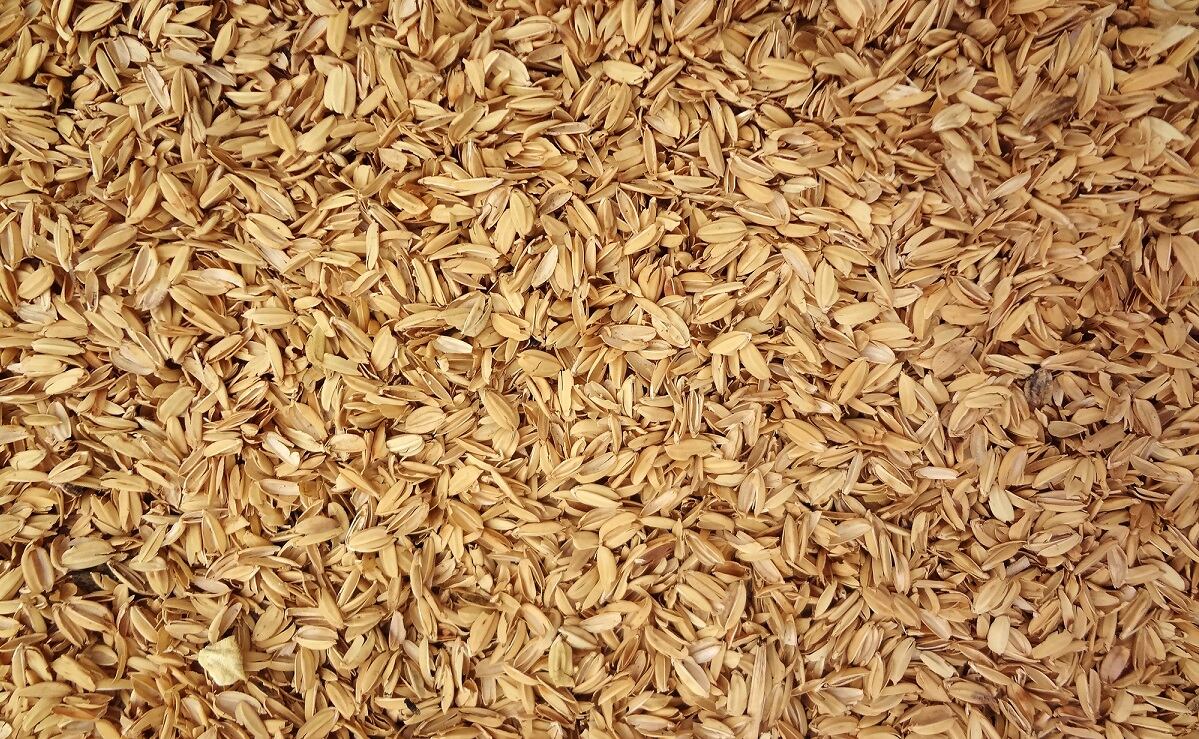Used in food, pharmaceutical and industrial applications, the added value product could open new market opportunities for farmers in the country’s rice-producing region of Corrientes.
“This development will have a strong impact on the regional economy, since we are talking about one of the most significant economic activities for the Argentine Northeast," said Julián Baccaro, a chemical engineering student at the National Technological University and INTI fellow leading the study.
Farmers in Corrientes produced over 556,000 tons of stubble during harvesting and 5,000 tons of husks in the milling process, according to Department of Agriculture statistics for the 2018-2019 period. At present, the rice waste is burned in the field or reused in chicken farming at a fraction of its potential market value.
Opportunities for domestic production
Argentina imports 100% of its amorphous silica for local consumption, mostly used in the rubber industry as filler in tires and other elastomers. As a food additive, it acts as a thickener, anti-caking agent and carrier for fragrances and flavors.
The average import Cost Insurance and Freight (CIF) in 2019 was approximately $1,300-$1,400 per ton, and the current domestic demand is 6,800,063 tons per year, according to 2018 National Institute of Statistics.
“It has been proven that it is possible to obtain a substitute product for a good that we must import today, with the advantage that it comes from a renewable source,” Baccaro stressed.
Although the process is not clean label because of the emissions generated through the combustion of rice residues, the researchers say it is a more sustainable alternative than burning waste in the field or obtaining energy from non-renewable sources.
In the laboratory
The project quantified and characterized the amorphous silica obtained from seven different varieties of rice grown in Corrientes. Residues were pretreated and submitted to controlled combustion, which produces rice husk ash that consists primarily of silica.
The composition, morphology and specific surface were then compared to the silica available on the market — produced mainly in Europe, China and the USA. Results showed the product to be free of impurities and to have the same characteristics of market silica.
In addition, the study found that the value of silica in the composition of stubble and husk differs according to the variety of rice, with maximum values of 15.4% in stubble and 24.5% in husk.
“Knowing these values will serve to project the new procedures for reuse, based on the product to be manufactured,” Baccaro explained.
The next step for the project is to build a fluidized bed reactor on a pilot scale to study the silica obtained by varying the operating conditions.

